Behind the Curtain: The secret life of Hollywood “picture” cars
Chances are, you’ve watched a television show or a film in the past few days. Since you’re reading this on a website dedicated to all things automotive, you likely paid attention to the cars on screen. More than the average viewer would.
“I know I’ve seen that Volvo wagon before.”
“Why are there three Suburbans and one Expedition in that blacked-out motorcade?”
“Old Lamborghini and a younger driver—interesting choice. Wonder why they didn’t use something newer?”
I work as a motion-picture and television camera technician in the smallish coastal city of Wilmington, North Carolina. For decades, Wilmington has pretended to be many places. It recently stood in for suburban Denver in The Black Phone, for Woodsboro, California in Scream 5, and for Haddonfield, Illinois in Halloween Kills. Locals in my business are a tight-knit community, and we’re proud to host these high-profile projects. When a new show comes to town, we offer up every available resource to accommodate a production’s creative vision.

On good days, I spend much of my time attaching cameras to cars, finding creative places to put cameras inside cars, and preventing cameras from being destroyed by cars. Hot rods, rat rods, supercars, subpar cars, celebrity cars, cars owned by that weird guy down the street; when I get to work, they’re all just magically . . . there.
“Jeff, we’ve worked together for over a decade. You’ve never told me where any of these cars come from.”
He gives a casual side-eye, like George Burns in his prime. “You never asked.”
My friend Jeff McLaughlin owns Port City Picture Cars. His official title is Picture Car Coordinator, and when he’s hired by a production, he’s front and center for its vehicular casting and procurement, for the repairs those cars inevitably need, and for their eventual sale. You won’t see Jeff’s name near the top of any film credits, and if he’s working with a TV show, it likely won’t be included at all.
“There are two different types of shows,” he says. “The shows where directors tell you exactly what they want, and the shows where you can sit down with them and help figure out what they really need.”

Most of the time, Jeff can read a script and know immediately where to start his search—and what kind of creative automotive challenges the production will face. Where the story takes place, what the main characters do for a living, their ages, it all paints a picture of the fleet he’ll need to assemble.
If there’s a private jet written into the story, Jeff will likely need a high-end luxury vehicle or two to greet the aircraft on the tarmac at Wilmington International. The big-city location of a short cut scene will see him mentally lining up buses and a small fleet of Ford Crown Victoria taxis, to serve as background traffic on the few blocks of downtown Wilmington that can realistically pass for a metropolis. Local car clubs will likely be his first call for a flashback scene that will need period-correct vehicles in factory colors.

“This job,” he says, “is all about great networking and a little co-op-ertition. Everyone is competition, but we all have to work together.”
That “co-op-ertition” is a reality of working in the film industry. Think of us as circus carnies with health plans. We’re all temporary workers, never knowing where and what our next job might be. That picture-car coordinator you out-interviewed for your current job might know a trick to get that finicky ’72 Saab started. The Saab the director begged for. The Saab you predicted wouldn’t make it through the ten-week shoot. That Saab-whisperer is gonna save your job, and one day, you’ll return the favor with a referral to the best damn vinyl-wrap guy in town. The guy who can turn three Crown Vic police cars into taxis overnight. Co-op-ertition keeps everyone working.
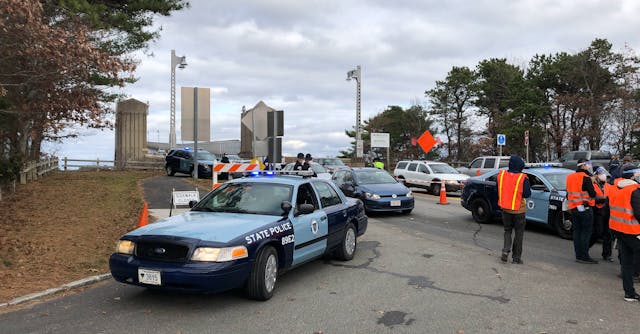
When a new production arrives—this time it’s a limited-run TV series—Jeff is invited to meet with the director, the producers, and a myriad of assistants. The first car they want to lock down is a director’s choice: a brown Ferrari for an actor who will be a series regular.
TV scripts can be incredibly descriptive when introducing new characters. Character development is often driven by . . . unconventional adjectives.
“This kid’s a douche. He needs to give off a rich douchey vibe.”
“We can get a brown Ferrari Roma out of Miami from a collector I’ve used before, but for the 20 days scheduled, it would cost us $45,000.”
In the world of picture cars, money adds up quick. Jeff knows that this particular Ferrari owner will stipulate covered transport with a specific kind of lift gate, that he has made climate-controlled storage a strict requirement, and that the production will need an additional insurance rider. For reference, the current Screen Actors Guild scale pay for actors in a major TV role, the union-mandated minimum, ranges from $6000 to $9000 per week, depending on episode length. Which means that Ferrari is more expensive to hire than the fairly recognizable human actor they’ve already cast, who was also in that other show you just saw. (You know, that guy from the thing.)
With the Roma, the producers winced. But Jeff had an alternative on deck.
“We also have a few local options. I can bring in a Lamborghini Murciélago in burnt orange. It’s a little older, but the owner isn’t asking nearly as much. If we can give him a few thousand a week and bring him out to the sets after we wrap, for a tour, it’s ours.”
Being able to offer owners an experience instead of money can be critical to securing many of these high-end vehicles, and Jeff is happy to oblige as best he can. Recent COVID precautions on set have limited visitor permits when actors and crew are present, but other perks can still sweeten the deal. Photos of well-known actors in or next to a car, or a special thanks in the credits, can go a long way. Sometimes, an owner can even finagle their way onto the screen as the driver of their own car.
Fiscal savings aside, Jeff liked the Murciélago as a safer bet for the show. He has a personal relationship with a certified Lamborghini service center (amazingly, this center is actually run by a guy named Tony), and the Murcie’s owner is more than happy to deliver the car. In the worst-case scenario, there are 15 similar orange Lamborghinis on eBay at any given time. The car can be recast fairly easily, if necessary.
The director agreed, and the “hero car” was set. Attention shifted to a future scene that will require multiple black SUVs. “Now what about the private motorcade in episode three?”
Most of the time, Jeff’s go-to plan for imposing, long-wheelbase SUVs simply involves renting a few from one of the big national rental outlets, then tinting the windows. Consumer rental cars are well-maintained, they’re registered for public roads, and they don’t need to be trailered to set. When the show is done, Jeff can simply remove the tint and turn the cars in, no one the wiser.
Still, as the rest of us know from just trying to find something to drive on vacation, the national rental-car shortage has really limited options.
“We can rent two Suburbans and an Expedition” Jeff told the director, “and throw a couple unmarked Chargers in there for filler. Availability may get better, but that’s what we can lock down today.”

In that case, Jeff’s second option was more of a moonshot.
“I have a contact at Mercedes in Germany. We could try to work out a deal with them to provide promotional vehicles for the run of the show. I think three G-Wagens would be ideal.”
The less exotic, yet still prominently featured, hero cars often have more humble origins, but they usually require the same deep networking. Jeff makes the call. Twenty-four hours later, he has a voicemail from a Mercedes rep asking what color trucks they should send, when he needs them, and where they should be delivered. The carmaker’s marketing people are familiar with the project, they’ve worked with this particular network before, and they’re motivated to get involved in the series early.
Sometimes it’s that easy. And sometimes, there are caveats.
Production accountants love for a show to have a direct relationship with a car manufacturer, but to the folks in the writer’s room, it’s just more work. Vehicular cast members often have to conform to a stricter set of rules than their fleshy human counterparts. Such as:
- No drunk driving
- No alcoholic beverages visible in the car
- The car cannot be used as a weapon
- If the car is to be in an accident scene, its driver cannot be at fault
- No sex in the vehicle
- Most importantly, all actors must be wearing their seatbelts when the vehicle is portrayed as moving.
Large carmakers like Stellantis have a separate marketing entity that ensures their products are being showcased accordingly, sometimes sending a representative to police the set. Other manufacturers just want to read the scripts in advance. More often than not, it’s up to Jeff and his team to make sure any guidelines are followed. With the average well-budgeted TV show costing between $15,000 and $20,000 per hour to produce, a prop or continuity miscue that accidentally puts a beer bottle in the hand of a driving actor might cost production $30,000 or $40,000 to properly reshoot. This sort of screwup is ultimately not on Jeff, but his relationships are at stake regardless.
When money is no object and the writers have carte blanche, the most common and straightforward way to cast cars simply puts the production company’s name on the titles: They buy the sheet metal. If it’s an older model, Jeff recommends getting two.
“Older, lower tech doesn’t save money. More breakdowns mean more lost time. You can save two hours of lost production time if you have a second car and a good paint or wrap guy.”

When working with a fleet of production-owned cars, Jeff explains, it’s imperative to have a silent army of “guys,” ready to take on any specialty automotive repair you can think of, on almost no notice.
“Paint guy, tire guy, bodywork guy, frame guy, all these guys love working with us. We get them involved and really make them a part of the show. Also, we pay fast.”
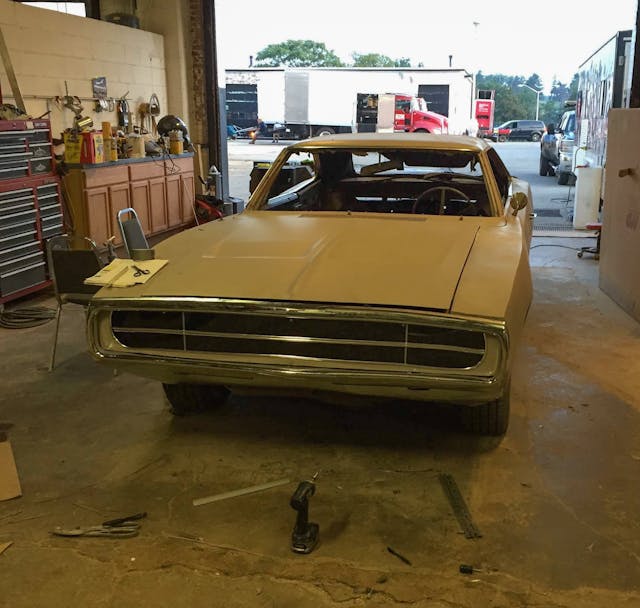
Most of these “guys” make their living from insurance work, which can take up to 90 days to produce payment. When the Volvo wagon that Jeff politely asked the eager stunt guy to not neutral-drop into a mild and yet catastrophic burnout comes back shifting flawlessly less than 12 hours later, the bill is paid immediately. After a background actor accidentally reverses a vehicle into the rear quarter of a production’s hero police car, Jeff is at the body shop, after hours, with a check.
When the first assistant director calls wrap, the show’s principal photography comes to a close. If the vehicles have no reshoots scheduled, the G-wagens are picked up promptly, the taxi wraps come off, and the production-owned picture cars are quietly put up for sale. Many times, the crew will get first dibs to make reasonable offers on the latter. Mostly, however, those cars wind up selling online unceremoniously, without being advertised “as seen in … ”
“The only way [anyone would know] these are picture cars is because the previous owner is listed on the title as 20th Century Fox or Paramount Pictures,” Jeff says. “Even then, most people don’t even notice. They sign the title, take it to the DMV, and a new one comes in the mail a few weeks later.”
Some of the more commonly used models will continue on as career picture vehicles, having already been painted ten or 15 times. There’s no need to take them down to bare metal—the body shop gets told to simply paint over the last coat, so the car can quickly be offered up for another show.

“I’ve had some with paint so thick, you can barely open the doors,” Jeff laughs. “A deep chip looks like a bite out of a gobstopper . . . You’re unlikely to find rust on any of ’em.”
He’s rarely sad to see them go. “I treat them all like they’re my own. A lot of them, I’ll see again.”
As for that newly transmissioned Volvo wagon, there are other plans.
“Another picture-car coordinator has dibs. He thinks it’ll make a great mom-mobile in a dark comedy that wants to shoot here next month,” he says. “That’s co-op-ertition.”

Check out the Hagerty Media homepage so you don’t miss a single story, or better yet, bookmark it.
***
Darwin Brandis is a motion-picture and TV camera technician from Wilmington, North Carolina. As his website so charmingly notes, he is “an avid automobile enthusiast who loves exotic cheeses and can run really, really fast.” This is his second story for Hagerty—his first was on selling a relative’s Ford to Carvana.

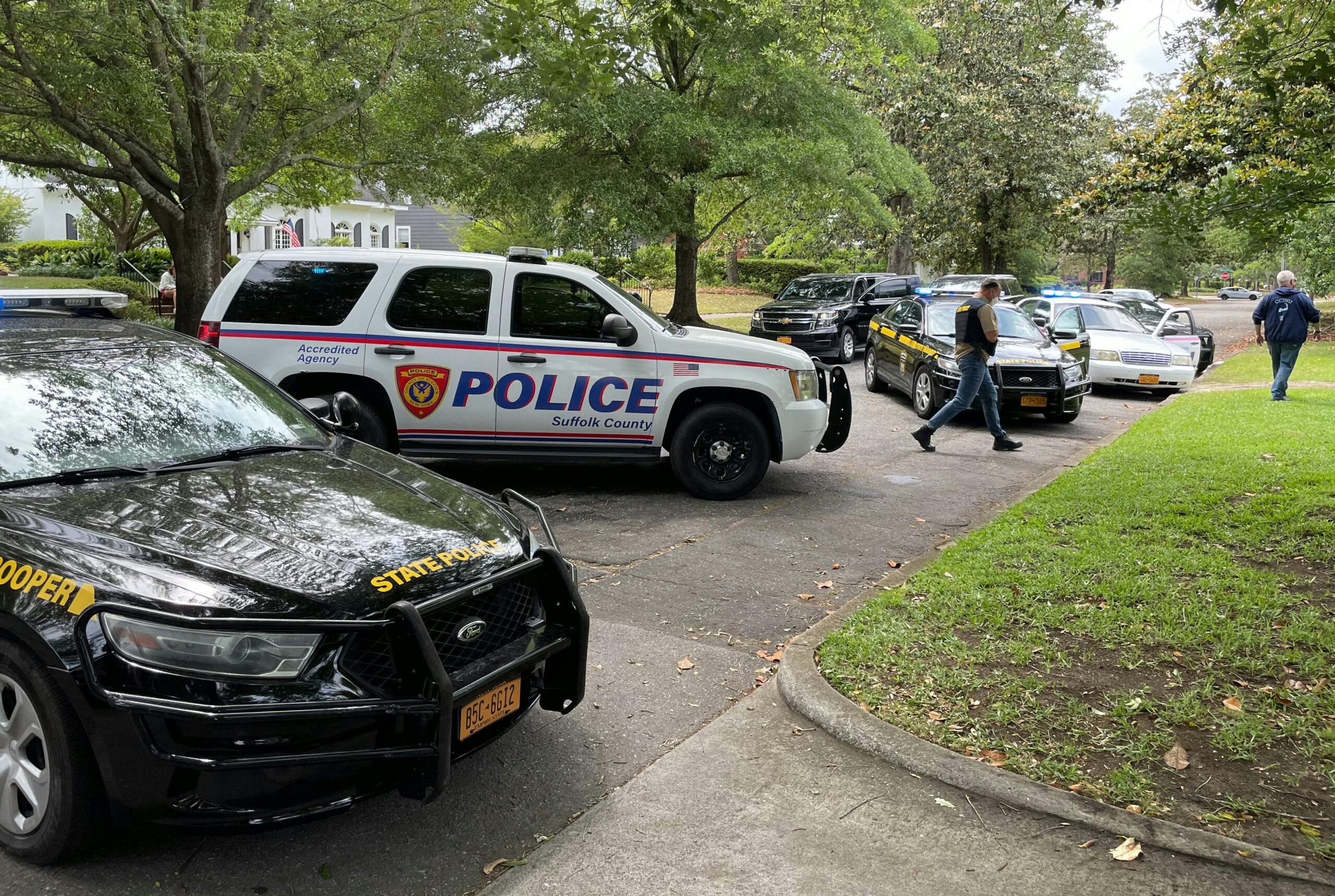
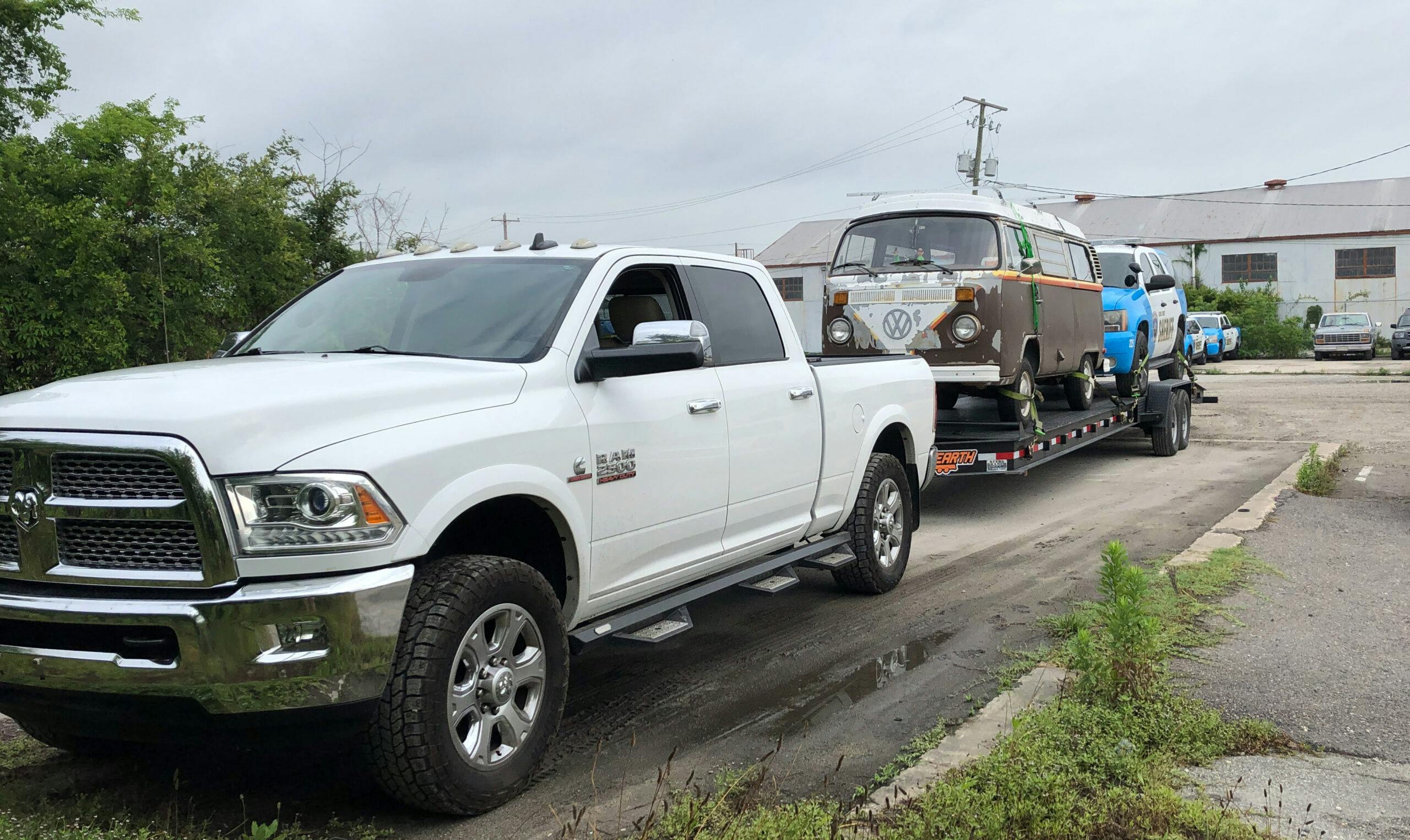
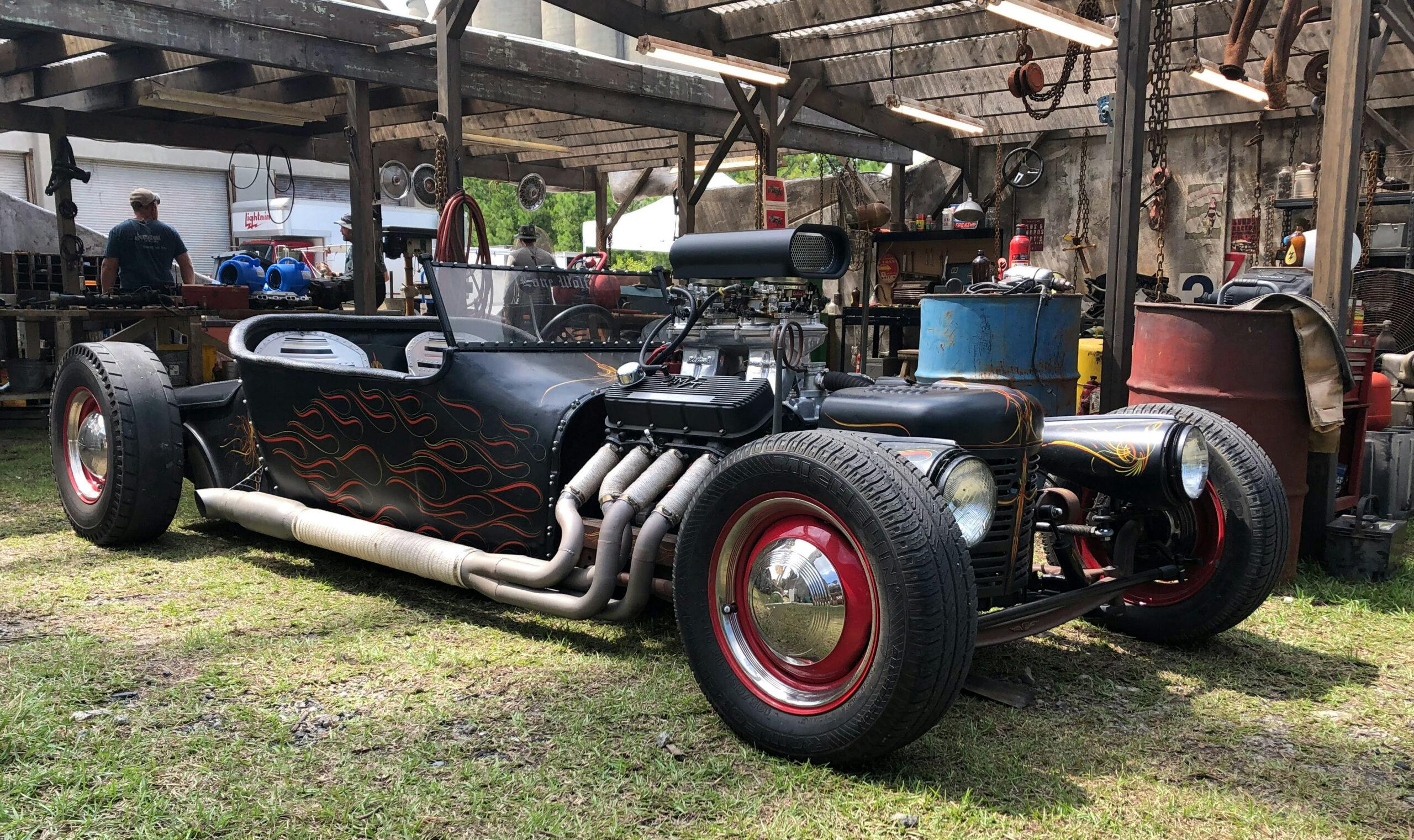
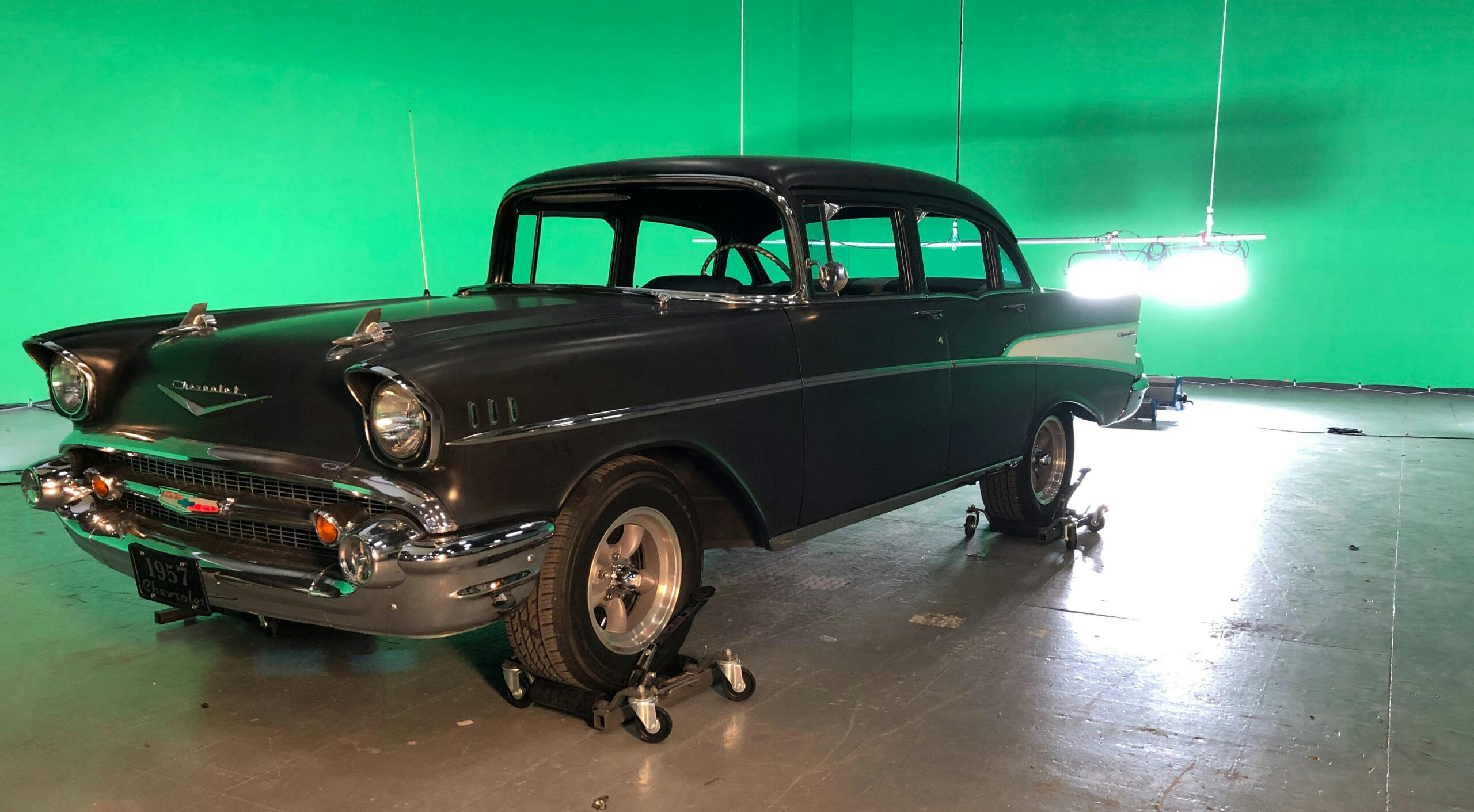
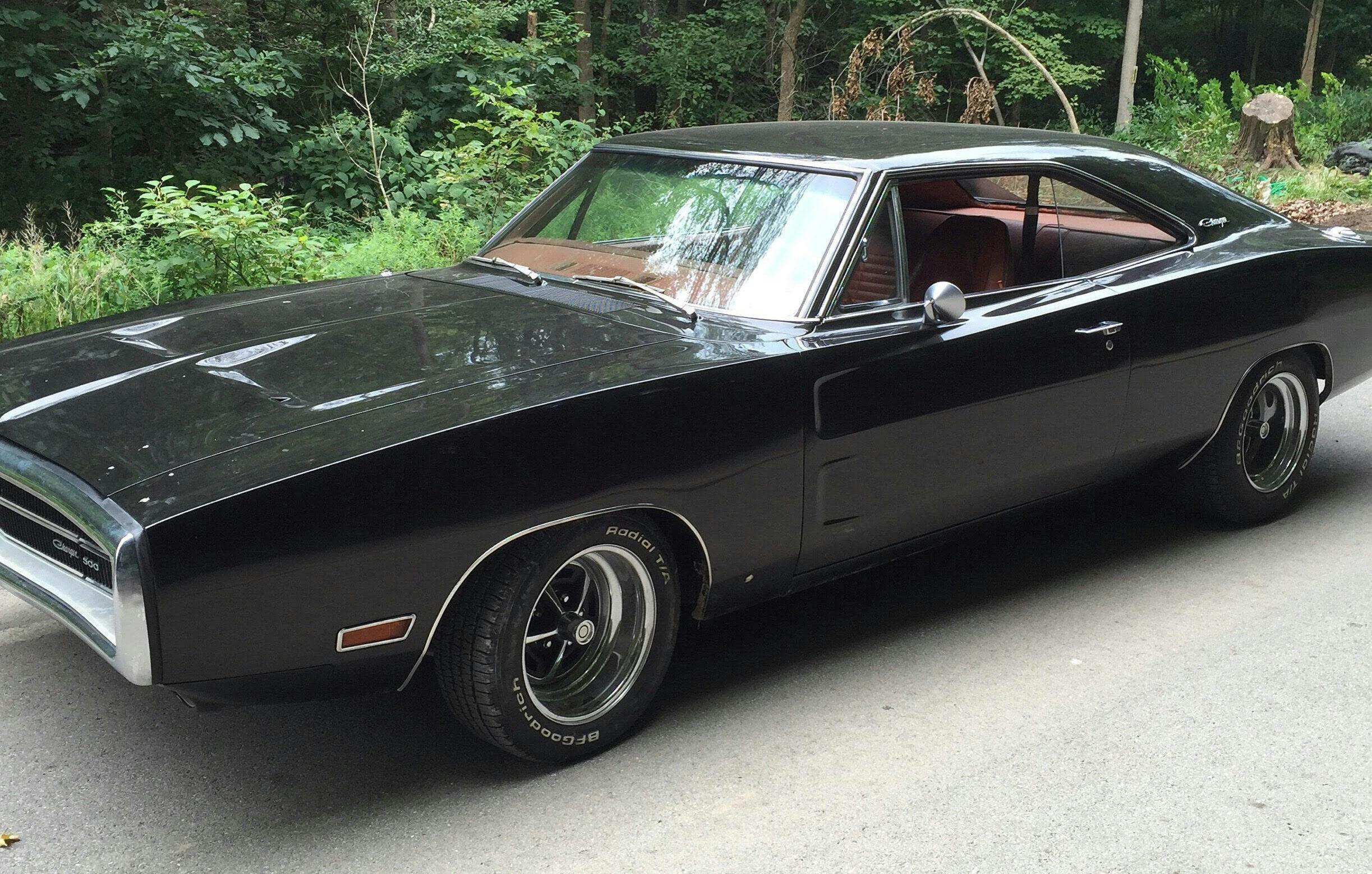
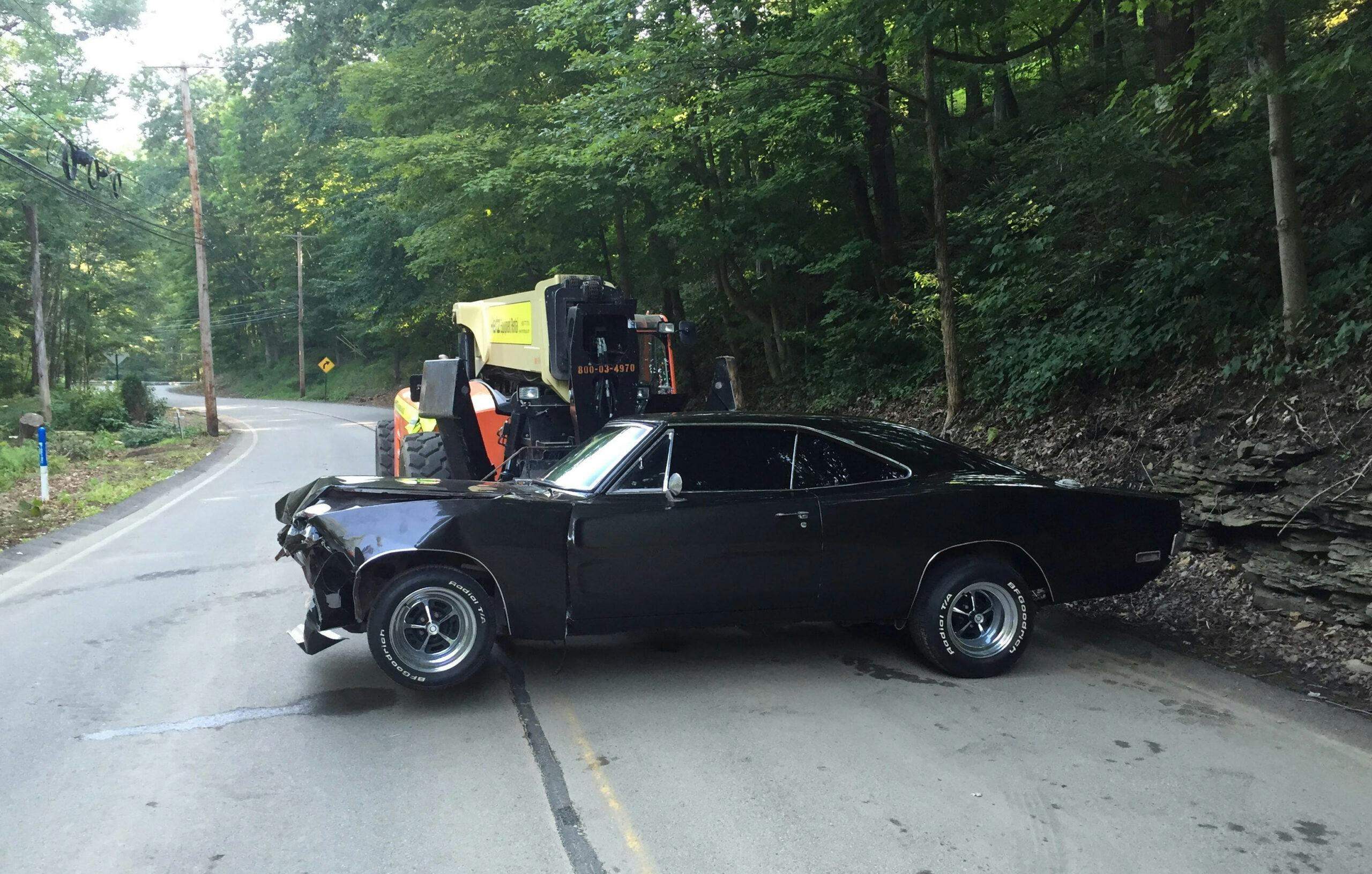


Your two articles here have been two of my favourite reads in the last few months of this site. Very different topics too so I can’t guess what article #3 will even be about.
I made $2000 last year renting my Miata to film productions. It was in 5 different shows. Good retirement hobby.
This was an interesting an timely read. I have a friend that had been collecting a few unique vehicles and recently had a request to have his ambulance featured in a shoot.
I’d be curious to know how one finds productions that are shooting locally that might need a special car. I’d be willing to proffer one up under the right circumstances.
If you’re thinking about renting your car to a production – don’t. The actors and crew will not show the same respect to your car that you do. .
Does this mean that it always comes back damaged ? No ; however ask most of the picture car companies in Los Angeles if you should rent your pristine 71’ Roadrunner to XYZ production and they will quietly tell you “ if you love it I wouldn’t “ Having worked on dozens of shows and rented a lot of picture vehicles I would not rent out my car to a production unless I’m with it ( which I have and have been ) .
Absolutely sound advice that I’ve repeatedly told people for decades. Picture cars are working props, and treated accordingly.
I agree. I am always with my vehicle, and I have a device that makes it very hard for the production crew to move: a clutch.
Tell that to A Teamster. They’ll have it moving in under a minute
Many years ago my my mom worked for a little local newspaper and we got press passes to go on the floor of the Astrodome and do a story on the tractor pulls. Bigfoot was relatively new and they brought it out to drive around and over a large pile of dirt. The truck had been used in the movie “Take This Job and Shove It” and if you watch, there is a scene where the main character who owns the truck drives out of the brewery where he works and through the guard shack, and a big chunk of the building hits the truck and smashes the top of the cab and windshield. They worked night and day to repair the truck to get it to the show and Bob Chandler was madder than a hornet over what they had done to his truck, and rightfully so.
Look for casting agencies on social media. They post their needs, and how to apply for the job. If driving is involved, it should be listed.
I used to own a ‘71 yellow gold Ford Pinto. I sold it (in Houston) in ‘78. I swear I saw it in Terms of Endearment, which was mostly filmed in Houston. The people at the theater didn’t like my not so subtly saying that’s my car!
Those cars with the Mass State Trooper markings look like they’re congregating at the eastern end of the Bourne Bridge on Cape Cod. My guess is that this was an exterior scene from Hightown on Starz. Used to be filmed on the Cape, but now mostly filmed down south.
If someone has a vintage or specialty car, how do they make it “available” for use in film productions? Is there a way to advertise it? Great article!
There are companies that act as marketing agents and listing agents for movie vehicles in various cities. Since I live in Vancouver which is the third largest production city in NA there are multiple Sites/groups looking for cars to represent. Problem is they set the rates and take a cut. Ok for
People looking to Do it for Fun but if you’ve got a nice car that you know
Is in demand then represent yourself. Call local production offices when they’re in prep and ask to speak with the transport coordinator.
I have an edge in this because I work in the biz and the transport guys know my cars since I daily them regularly to Set (free advertising!)
I have several unique cars and trucks that I have been wanting rent to out for movie and tv but never knew how to do it. Is there a website for this?
How about all the police cars wrecked in The Blues Brothers!
most of those ended up in a junkyard in willow springs illinois back then.
The vast majority of Blues Brother fleet was sourced directly from Chrysler. At the time, they were glad to rid themselves of the unsold inventory.
Nonsense.
The Chrysler Corp. sedans used in the Blues Brothers were not only out-of-production for several years by the time the movie was filmed, but they were also about the right age (3-4) years to be aging out of major city police departments. And if you are sharp-eyed, you’ll see a few Chevy’s as well.
Very cool story. I find it hilarious the paint over paint they do can lead to cars with so many layers of paint the doors become heavy.
I have been in the automotive restoration business for almost 50 years and we have had the pleasure of supplying cars for a number of campaigns. Our client list of collectors and enthusiasts allowed us to negotiate a number of their cars for Television and advertising including the Maroon Jaguar for the Inspector Morse Series on PBS with Vincent Price, a V12 Jaguar E type in a Alfa Romeo TV advertising spot and a Pontiac Catalina Convertible in a few scenes of the Cheers productions.
We once supplied an Aston Martin to a British company doing a product introduction at a major hotel, as well as providing a number of cars for Clint Clemens for some of his creative photography and advertising promotions.
There were others but my point is, it was financially rewarding and fun for the owners and my crew being part of casting these cars in various productions. After reading this story I realized that I had a taste of
the authors story in my background and I guess you could say I was a lucky guy to be a part of it.
1974 living in Century City, went for a job interview at a company that supplied mostly cars & some trucks to the movie industry. Being young & idealistic, I turned down the job. The owner only wanted bare minimum, smoking raping, bald or bad tires, missing parts, body work that did not show. Street scenes, tow them or push them into place. I remember 1 particular 1950 Ford coupe., great from 10 feet away, open the drivers door, wiring across the floor, twisted together, no tape, waiting for a fire.
Not too many years ago, I ran into a team of guys going through auto graveyards looking for 1930’s, 40’s, 50’s hulks. This was in the Philadelphia region. They were not classic DYI grease guys, they were professional auto restorers. I was there buying a good-bodied, but bare Triumph TR3A that was clearly restore-able.
The crew worked for a Philadelphia company that remanufactured “Curb Cars” for the film and TV industry.
Simply, they restored the bodies, axles, steering, wheels, brakes, exterior trim cosmetics, window glass, etc. But they did not bother with engines and transmissions, except interior gear shifters. Seats were installed, usually basic cloth bench types. These cars would be rented by producers for city street scenes where a selection of the cars would be “parked curb-side” along a city street set. They said it was a very profitable business.
I bet it is, all cosmetics and no expensive running gear.
I got stuck watching a 70’s police TV program where the motorcycle cop had to weave through a really long traffic jam. Back then in the 70’s he was seen as weaving through hundreds of nameless cars. When I watched it recently, they were cars not seen by me in decades. I saw the same green pinto about a dozen times. Since the show was so old you could instantly see that there were very few cars at all, each one was special. If it were shot today with a bunch of Camrys and Accords they could get away with it again.
My son gets a call from his agent company whenever the movie crews need an extra. One of the calls was for someone with a 70’s car. He got the job because he owns a Karmann Ghia. The car made it to film and my son also got in.
My 1985 300TD wagon was in a BP commercial and “Saving Erin Brogdonovich”.. It came from Carmel CA and was in other movies. My sons 1975 300SD was in a movie(cant recall the title) but it was parked on the street and got a few kbucks for its use . It was pristine and like new